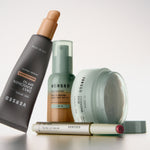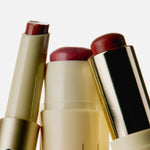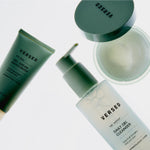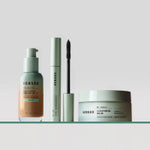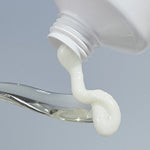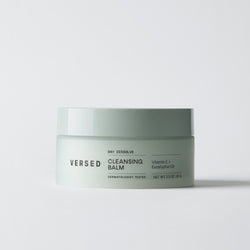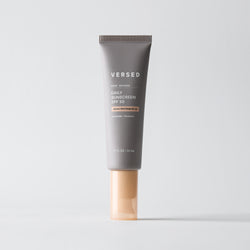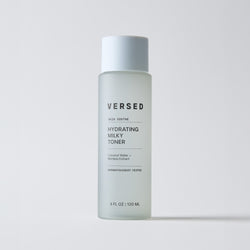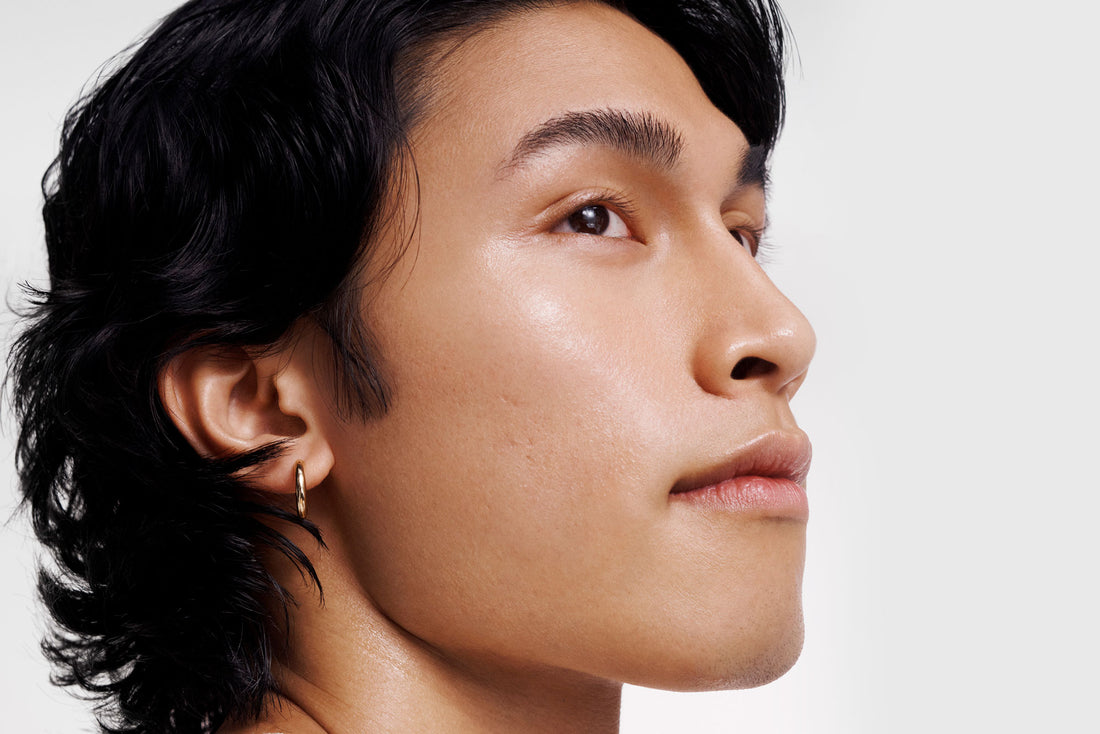Not to sound too melodramatic, but at this very moment, as you read this, rays of light are penetrating deep into the layers of your skin. And chances are, as of late, you’re spending a lot more time in front of a screen than usual (up to 19 hours a day, according to reports), whether you’re working remotely, binging Netflix, or scrolling through TikTok late into the night (guilty!). As our screentime reports tick upwards, our skin feels the consequences. That’s because light rays, whether they come from the sun or a screen, have the power to leave lasting damage on your skin.
Bottom line: Sunscreen is important to protect yourself against all sorts of radiation, not just the UVA and UVB rays you hear about. This includes the blue light emitted from our laptops, televisions, phones, and more, which can speed up signs of aging skin, cause dark spots, and more. But fear not! Keep scrolling for a complete guide to all the types of light and how to protect yourself against each (promise not to get too scientific on you). 
Types of Light That Affect Skin
Ultraviolet Light (UV)
The type of invisible light emitted from the sun can be broken down into three categories: UVA, UVB, and UVC. Because exposure to UVC light hasn’t been proven to have much of an impact on skin, the focus tends to be more on UVA and UVB rays.UVA is a type of long-wave light that can cause skin cancer and accelerated aging. Since 95% of UVA light reaches the Earth (and, in effect, our bodies) it has the ability to do significant damage to our skin. These rays reach the deep layers of the skin and produce melanin (which is what causes skin to look tan). They also contribute to the premature formation of wrinkles and loss of firmness. UVA rays even penetrate glass, meaning they pass through windows (which is why you should wear SPF even while indoors).
UVB has a shorter wavelength than UVA light (plus, there are 500 more UVA rays found in sunlight than UVB ones) but this type of ray causes sunburn, as well as skin cancer. UVB light reaches the topmost layer of your skin and, unlike UVA, these rays cannot seep through glass. However, it is prevalent outdoors—especially if you live in sunnier climates—and can reflect off water, sand, and snow (and yes, reach you even on cloudy days).
While wearing sunscreen is vital to protect your skin, not all sunscreen is created equal. Look for one that’s broad spectrum (like our Guards Up Daily Mineral Sunscreen Broad Spectrum SPF 35)—meaning it blocks both UVA and UVB rays. Something else to note: SPF (Sun Protection Factor) is the standard used to measure how long sunscreen will protect your skin from UVB rays (not how well, which is a common misconception). For example, if you use sunscreen with SPF 30 and your unprotected skin typically starts to burn after 20 minutes in the sun, that sunscreen will protect your skin for 600 minutes (or 10 hours). The AAD recommends an SPF of 30 or higher (fun fact: SPF 50 only blocks 1% more rays than SPF 30) and reapplication every 2 hours while out in the sun.
High Energy Visible Light (HEV, AKA ‘Blue Light’)
While HEV light also comes from the sun, unlike UV light, this type of ray is visible to the human eye (it’s actually the same type of light that causes the sky to appear blue). On top of that, this blue light is emitted from many of the electronic devices we are glued to on a daily basis—smartphones, computers, televisions. While research is still fairly limited, there is growing evidence that this type of light can reach deep below the layers of the skin, leading to hyperpigmentation (like melasma and dark spots) and the breakdown of collagen, which causes premature aging (like wrinkles). Excessive exposure to blue light is one of the major reasons to use a daily sunscreen that protects against HEV light as well as UV light, particularly if you spend a majority of your day in front of a screen. Besides daily SPF, add Weekend Glow Daily Brightening Moisturizer to your regimen. Its blend of antioxidants defend against free radicals and environmental and blue light damage.
Infrared Radiation (IR)
Also known as infrared light, these rays are invisible to the human eye but can be felt. For example, the heat we feel from a radiator is infrared light; it’s also what allows our remote control to change channels on the TV. Exposure to infrared light has not been shown to cause skin cancer, and research about its impact on skin is fairly limited. That said, there is evidence that adding antioxidants to your regimen can protect your skin from potential cellular damage caused by IR, which is why we included antioxidants that combat IR, HEV, and more in our sunscreen formula. You can also load up on antioxidants by patting on our Sunday Morning Oil-Serum.
